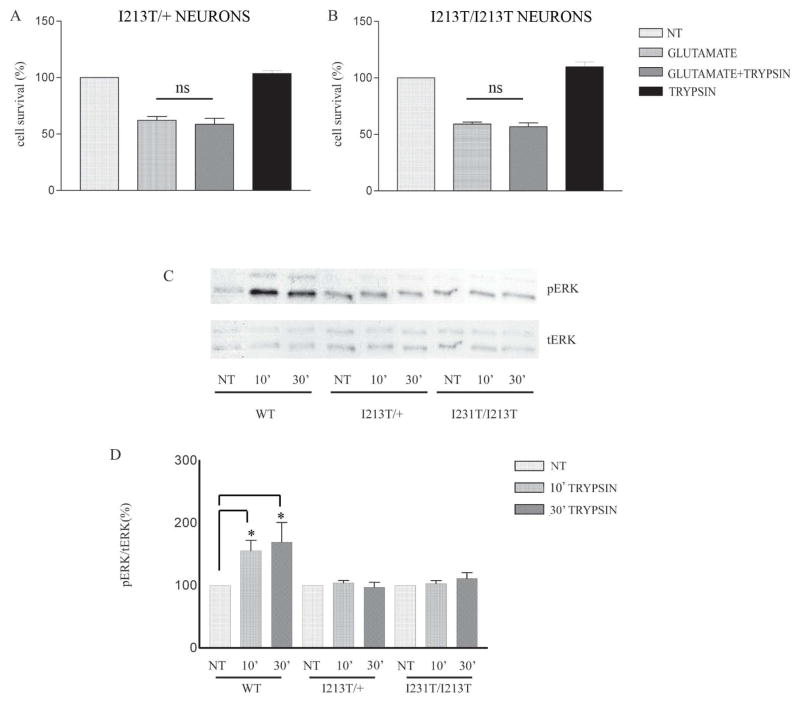Figure 5. Trypsin-induced neuroprotection and ERK1/2 phosphorylation are inhibited by PS1 FAD mutation I213T.
Mouse cortical neuronal cultures prepared from brains expressing one (A, I213T/+) or both (B, I213T/I213T) alleles of PS1 FAD mutation I213T were treated at 7 DIV with 5.25nM trypsin for 60 minutes followed by 50μM glutamate as above. Quantification of Hoechst positive nuclei shows that trypsin does not protect neurons from glutamate in either case (A, B). Results are expressed as mean ± standard error and were calculated from four independent experiments. (C) WT, I213T/+, and I213T/I213T cortical neurons from the same littermate were treated at 7 DIV with 5.25 nM trypsin for the indicated time periods. Untreated cultures were used as controls (NT). Following incubation, cells were collected and assayed on WB for the indicated proteins. A representative blot out of 5–7 independent experiments is shown. (D) Densitometric analysis of p-ERK in the presence of trypsin at different time points expressed as percentage of phospho-ERK 1/2 (p-ERK) to total ERK 1/2 (t-ERK) ratio that was set as 100% for control (NT). Bars represent phospho-protein to total protein ratios relative to control. *p=0.05, ** p<0.005 (Tukey’s post-hoc).

